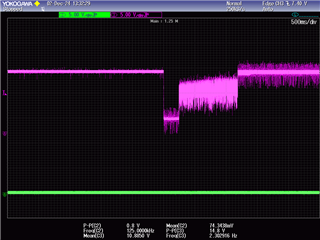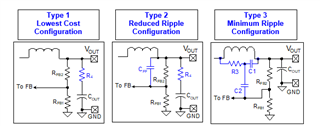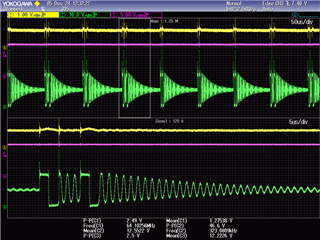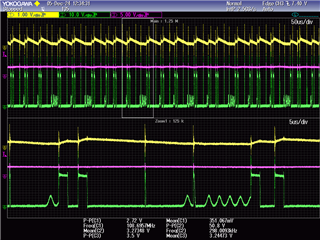Tool/software:
Hi
I designed a Step Dawn power supply based on the typical application of the LM25085 .
In my application noise is not an issue, nor current limiting, so is the simplest possible design.
That said it required to sustain the output voltage from no load to 3A load, while load is applied at once, it fails.
When current rises from 0 to 3A the output voltage falls from 12V to 2 for 200mS then rises to 7V for 900mS and after that it rises again to the 12V. That is not acceptable.
I played with capacitors values, but wasn't able to make it work.
Please advice.
Eli Jacob





